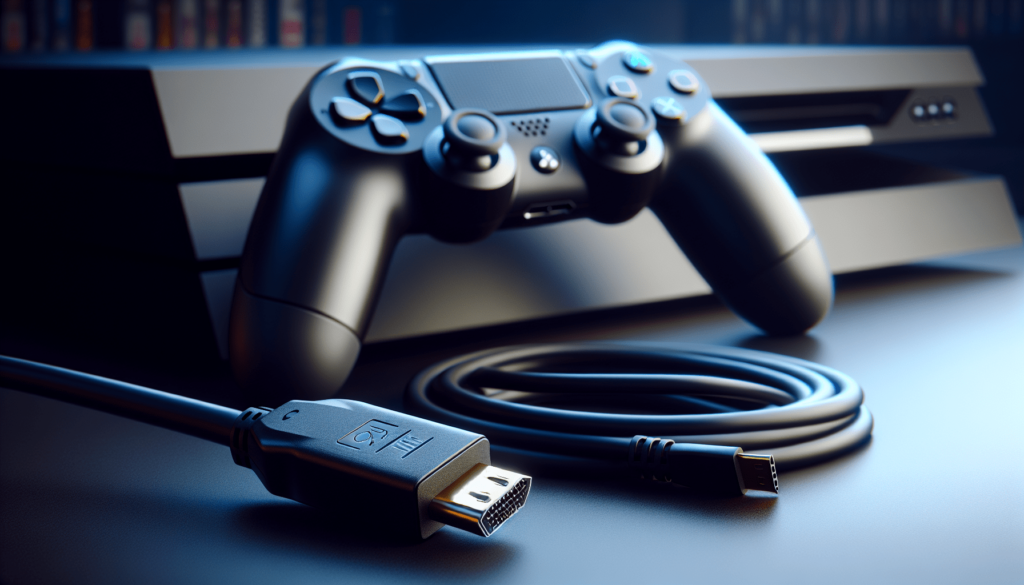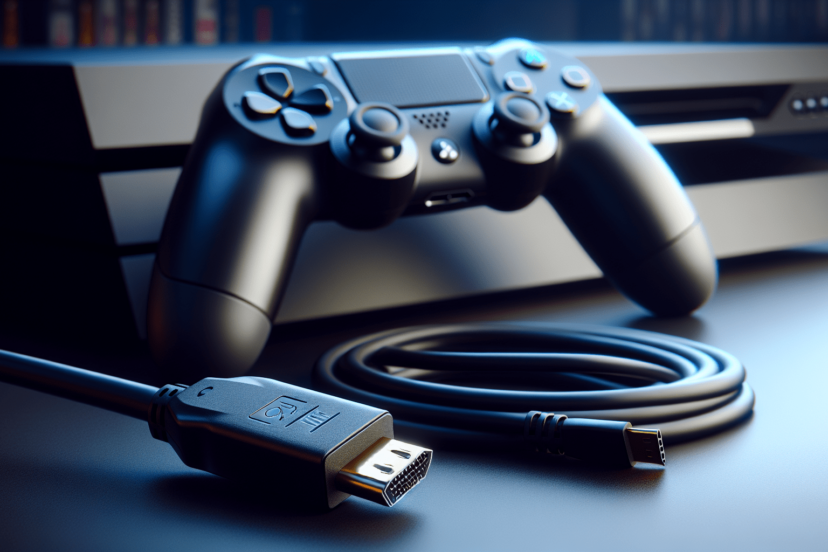How Do You Reduce Input Lag On A Console?
Are you tired of those frustrating moments when your controller’s response feels just a split second too slow? In this friendly guide, you’ll discover practical tips and tricks to reduce input lag on your console, making your gaming experience smoother and more enjoyable. Whether you’re a casual gamer or a hardcore competitor, you’ll learn how to tweak settings, optimize your setup, and utilize essential tools to ensure that your console responds as quickly as you do. Say goodbye to lag and hello to seamless, responsive gameplay! Have you ever been in the middle of an intense gaming session and found yourself wondering, “Why does my game feel so sluggish?” The culprit is often something known as input lag. Input lag can significantly affect your gaming performance and overall enjoyment. So, how do you reduce input lag on a console? Let’s dive into the nitty-gritty and explore the steps you can take to minimize this pesky problem.

Understanding Input Lag
Before getting into ways to reduce input lag, it’s crucial to understand what input lag is. Input lag is the delay between pressing a button on your controller and seeing the action take place on your screen.
What Causes Input Lag?
Input lag can be caused by multiple factors, including:
- Display Type and Settings: Some TVs and monitors have more inherent lag due to their processing features.
- Controller and Console Communication: Wireless controllers might have a bit more lag compared to wired ones.
- Game Design: Some games are optimized better than others when it comes to input response.
- Network Latency: While this is more relevant for online gaming, network issues can add to the overall delay.
How Does Input Lag Affect Gameplay?
Input lag can break immersion and make games feel less responsive. In competitive scenarios, it could even mean the difference between winning and losing. Whether you’re playing an action-packed shooter or a nuanced platformer, reducing input lag can enhance your experience significantly.
How Do You Reduce Input Lag On A Console?
Assessing Your Current Input Lag
It’s essential to establish a baseline to know effectively how much you have improved.
Tools to Measure Input Lag
There are various tools and methods to measure input lag:
- Online Timers and Reaction Tests: Some websites offer reaction time tests that can give you a general idea.
- High-Speed Cameras: Gamers often use high-speed cameras to record the input device and the screen to calculate the delay.
- In-Game Metrics: Some games include built-in tools for diagnosing performance, including input lag.
Hardware Solutions
One of the most direct ways to tackle input lag is through hardware adjustments.
Upgrading Your Display
Your choice of display massively impacts input lag.
| Type of Display | Description | Average Input Lag |
|---|---|---|
| LED/LCD TVs | Popular for their affordability and availability, but can have higher input lag. | 20-100ms |
| Gaming Monitors | Specifically designed for gaming, often have features like low input lag modes. | 1-10ms |
| OLED TVs | Higher quality with better colors and contrast, but similar input lag to LED/LCD. | 20-60ms |
Using a Wired Connection
Going wired can make a noticeable difference:
- Wired Controllers: Providing less latency than their wireless counterparts.
- Ethernet Cables: Provides a more stable and faster connection for online gaming compared to Wi-Fi.
High-Performance Cables
High-quality cables (like HDMI 2.1) are engineered for better performance and can reduce input lag.
Software Solutions
Hardware modifications are beneficial, but software adjustments can also substantially reduce input lag.
Enable Game Mode
Many modern TVs and monitors come with a “Game Mode” setting:
- Reduces Post-processing: Game mode minimizes post-processing features that add lag.
- Direct Pathway: It ensures signals from the console to the display are sent more directly.
Disable Unnecessary Features
Turn off features that may be adding lag:
- Motion Smoothing: Often causes a delay in input response.
- V-Sync: Can add noticeable lag; consider turning it off if input lag is an issue.
System Updates
Always keep your console and games up-to-date. Updates often include performance improvements and bug fixes that can reduce input lag.
Network Optimizations for Online Gaming
When playing online, your network settings can have a tremendous impact on input lag.
Prioritize Your Connection
Make sure that your gaming device gets prioritized:
- Quality of Service (QoS): Some routers allow you to prioritize gaming traffic to reduce lag.
- Network Speed: Make sure your internet connection is up to par for online gaming.
Reduce Network Traffic
Limit the number of active devices and applications on your network while gaming:
- Streaming Services: Pause or stop streaming on other devices to ensure that your console gets the most bandwidth.
- Downloads and Updates: Schedule heavy bandwidth tasks for times when you’re not gaming.
Advanced Settings
For those looking to go a step further, here are some more advanced tweaks and tips:
Adjust In-Game Settings
Most games offer comprehensive settings that can be tweaked to reduce lag:
- Frame Rate Caps: Setting frame rates to sync well with your display can help.
- Graphics Settings: Lowering graphics quality can sometimes reduce input lag.
Use Performance Modes
Some games and consoles offer performance modes:
- Higher Frame Rates: Opt for performance modes that prioritize frame rate over graphics fidelity.
- Optimized Contact: Ensure that performance modes are enabled in both game and system settings.
Monitor System Performance
Keep an eye on your console’s performance:
- Temperature Management: Overheating can cause throttling, adding to input lag. Ensure proper ventilation.
- Storage Management: Clear cache and manage storage to keep your console running smoothly.
Conclusion
Input lag can be a frustrating hurdle, but it’s one that you can overcome with the right steps. By understanding the causes, measuring your baseline, and carefully adjusting your hardware and software settings, you can significantly improve your gaming experience. From upgrading your display and using wired connections to enabling game modes and optimizing your network, each action you take adds up. So, next time you’re in the heat of a gaming moment, you won’t need to wonder, “How do you reduce input lag on a console?” because you’ll already know—and more importantly, you’ll already have done it. Happy gaming!




